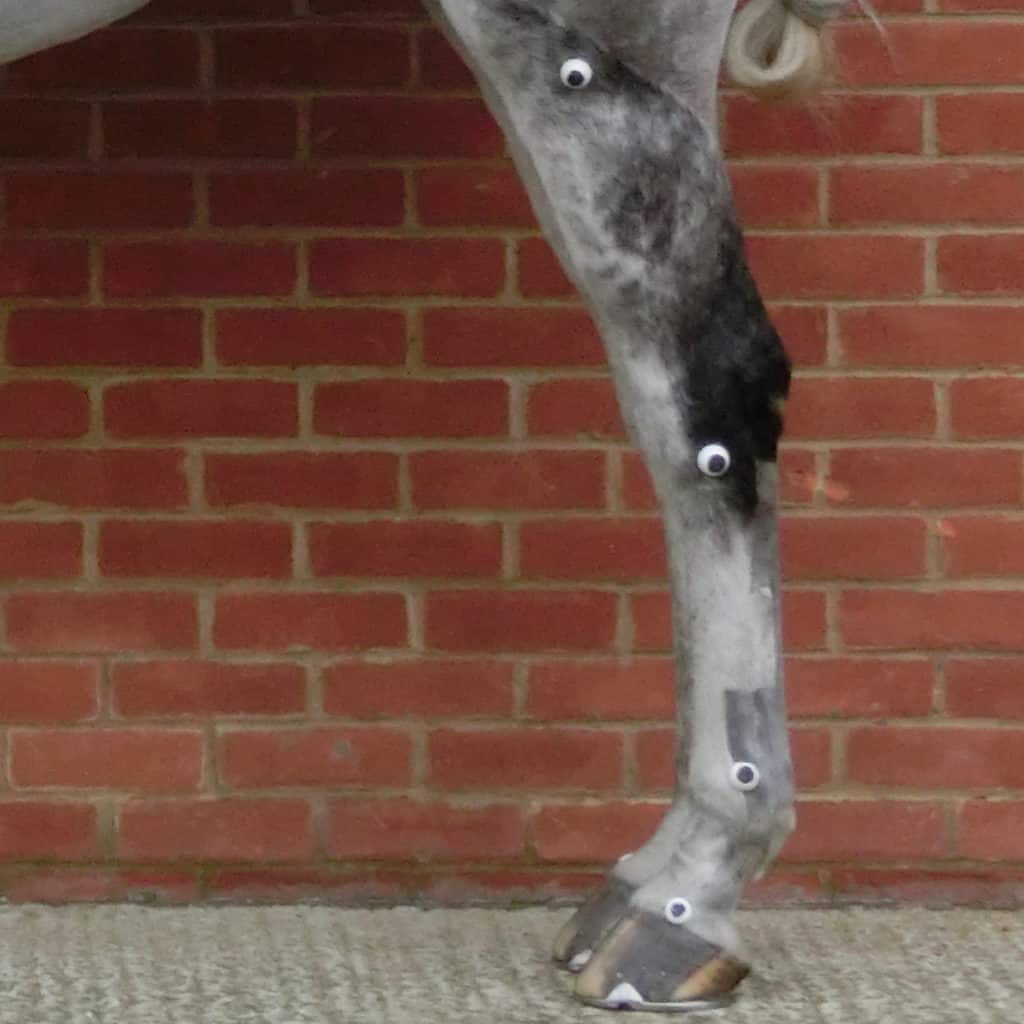
Fact Sheet: OCD in Horses
Do all young horses with fluid-filled joints or lameness have osteochondritis dissecans (OCD)? Download this fact sheet to find out.

Do all young horses with fluid-filled joints or lameness have osteochondritis dissecans (OCD)? Download this fact sheet to find out.

Recent study results suggest small but significant differences exist between how much foals slip and slide when standing and osteochondrosis incidence in Warmbloods.

Trainers should be aware that joint injections can have many benefits, but veterinarians need to be careful about selecting cases to receive this treatment, one researcher said.

Find out how an owner’s careful management after an injury occurred likely prevented a fatal outcome for a Quarter Horse gelding.

The prognosis for performance soundness in nonracing horses diagnosed with sagittal groove injury and concurrent osteoarthritis is poor, researchers found.

Ultrasound is a useful screening tool for assessing some deep digital flexor tendon lesions, but it could cause veterinarians to underestimate navicular bursa and collateral sesamoidean ligament lesions.

For every degree of increase in hock angle, researchers found a 12% greater chance of a horse having proximal suspensory desmopathy (PSD).

Look for equine bone and joint health resources Oct. 16-22 on TheHorse.com.

Intramitochondrial crystals could be related to horse joints’ ability to withstand mechanical stress, scientists say.

Medication and diagnostic analgesia are only effective if veterinarians put them in the right place, so accuracy is key.

What’s the difference between osteoarthritis and other types of arthritis?

Your vet might choose to inject your horse if his joints require direct treatment due to disease, inflammation, or pain.
Do you have any suggestions for speeding the time it takes for proximal splints (in the forelimbs) to resolve?

Learn about using joint injections to help treat common causes of lameness and reduced performance.

Learn about the newest advances in understanding and treating inflammation and joint disease in horses from Dr. Wayne McIlwraith, who is a distinguished professor at and founding director of the Colorado State University Orthopaedic Research Center.

Veterinarians know that balanced hooves influence a horse’s way of going and help maintain healthy joint function. Learn more from our experts, who are both veterinarians and experienced farriers.
Stay on top of the most recent Horse Health news with
"*" indicates required fields